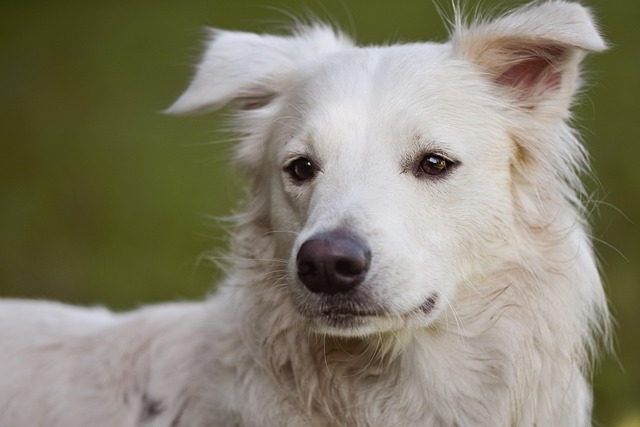
How can I tell if my dog's heatstroke is serious
Let’s be real: It’s a sticky August morning in Los Angeles, and you took your 2-year-old Golden Retriever, Max, for a walk a little later than usual
Watching your dog turn away from their bowl can twist your stomach into knots. You’ve tried their favorite kibble, mixed in a dollop of wet food, even waved a piece of chicken under their nose—and still, that tail stays low, and those jaws stay shut. The urge to push just a little, to make them take a bite, creeps in. But is forcing food the right move?
First, consider why they’re refusing. Dogs skip meals for all sorts of reasons: stress from a new home, a toothache, or even a passing upset stomach. In many cases, it’s temporary—like when your pup skips breakfast after a big dinner. But if it stretches to 48 hours, especially with lethargy or vomiting, that’s a vet call.
Now, the big question: forcing. Prying their mouth open to shovel food in? Bad idea. It stresses them out, damages trust, and can even lead to choking if they struggle. Dogs aren’t kids—they won’t starve themselves over a tantrum. A healthy dog will eat when hungry, unless something’s wrong.
That said, some situations need gentle help. Senior dogs with dental pain might need soft food hand-fed. Sick pups recovering from surgery might take small bites if you offer them slowly. The key is reading their cues: if they lean in, lick your fingers, that’s okay. If they pull back, tense up, stop.
 And don’t forget the rules. In places like the UK, animal welfare laws require you to meet your pet’s needs—but that doesn’t mean forcing food. It means getting them to a vet if they’re refusing. In parts of Europe, neglect includes failing to address eating issues that harm their health. So skipping the vet to play food cop? That could land you in hot water.
And don’t forget the rules. In places like the UK, animal welfare laws require you to meet your pet’s needs—but that doesn’t mean forcing food. It means getting them to a vet if they’re refusing. In parts of Europe, neglect includes failing to address eating issues that harm their health. So skipping the vet to play food cop? That could land you in hot water.
Culturally, too, it’s a misstep. Western pet care leans hard on respecting a dog’s agency. Think about it: we train them with positive reinforcement, not force. Why would feeding be any different? Trust is the foundation of your bond. Breaking that for a meal isn’t worth it.
So what should you do? Offer fresh food at regular times, then pick it up after 15 minutes—no begging, no table scraps. Keep their routine steady; dogs thrive on predictability. If they’re still not eating, check for changes: new food, a moved bowl, a noisy environment. Sometimes the fix is simpler than you think.
A dog refusing food is a message, not a rebellion. Forcing them to eat misses that message—and risks more harm than good. When in doubt, grab the leash and head to the vet. Their expertise will beat any home remedy, and your pup will thank you for it.

Let’s be real: It’s a sticky August morning in Los Angeles, and you took your 2-year-old Golden Retriever, Max, for a walk a little later than usual

You're enjoying a summer afternoon at the park when you notice your dog has stopped panting and appears disoriented - their gums are bright red

Let’s paint the picture: You’re in your Denver apartment, watching your 4-year-old Boston Terrier, Ruby, plop down mid-play session with her favorite toy

Many dog owners notice their pets nails seem shorter after regular walks,but how much does this daily activity actually help?The answer depends on where you walk—concrete sidewalks or asphalt streets gently file nails as a dog's paws hit the ground

Most dog owners notice their pup scooting across the carpet at some point, but few connect it to impacted anal glands. These small sacs near a dog’s rectum secrete a scent for marking territory

Most vets agree that regular dog teeth cleaning is key to avoiding painful dental issues later. For healthy adult dogs, a professional cleaning at the vet’s office every 12 to 18 months usually works well.